Are you facing an issue with your RV toilet not holding water? It’s a common problem and one that can be easily fixed. In this guide, we’ll explore the different causes of why your RV toilet won’t hold water and provide some simple solutions so you can get back on the road again. We’ll also answer some frequently asked questions about RV toilets and offer some useful tips to help keep your toilet in good working order. So let’s dive in!
Table of Contents
RV Toilet Bowl Basics
The first step to getting your RV toilet working again is understanding how it works. A typical RV toilet bowl consists of two parts: a bowl that holds water and a flush valve at the bottom of the bowl. When you flush, the water in the bowl is released through the flush valve and replaced with fresh water from an onboard tank. [1]
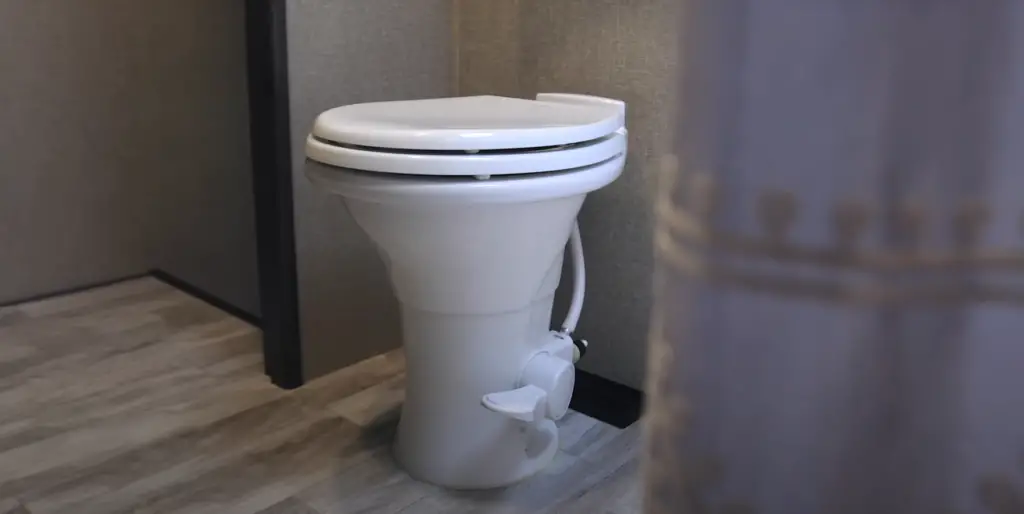
How Does an RV Toilet Work?
RV toilets are typically gravity flush systems with a waste tank that is emptied periodically. The water in the bowl is supplied by either a city water connection or an on-board freshwater tank, and it is stored in the holding tank after flushing.
The RV toilet works by releasing measured amounts of water into the bowl through an aperture at the back of the bowl when you push down on the flush pedal. This creates enough pressure to force any waste out of the bowl, into a PVC pipe and into a sealed holding tank below. [4]
How to Choose RV Toilet Replacement Kit?
You can usually find packages specifically designed for certain types of toilets on the market. Make sure the new seal is made from quality material and fits properly with your RV toilet.
It may be helpful to seek advice from professionals who are familiar with different kinds of RV toilets before making a purchase decision. If you need help finding the right kit or just want some tips on how to replace it yourself, don’t hesitate to consult experts in the field. [3]
Reasons For RV Toilet Not Holding Water
Water Valve Is Broken
The first thing you should check if your RV toilet is not holding water is the water valve. If the valve isn’t working properly, it could be preventing water from flowing through the tank and into the bowl. This can usually be fixed by replacing the old valve with a new one. [3]
Broken/Worn Out Flange
Another common reason for RV toilets not holding water is a broken or worn out flange. The flange connects the toilet to the tank and, if it’s damaged, it can cause water to leak around the edges of the bowl. You’ll need to replace the flange in order to stop this from happening. [3]
Clogged Drain Line
If your RV toilet isn’t holding water, it could also be due to a clogged drain line. This will block any water from entering the tank and preventing flush from occurring properly. To fix this, you’ll need to clear out any debris that may have built up in the drain line using a plumbing snake or similar tool. If that doesn’t work, you may need to call a professional plumber. [3]
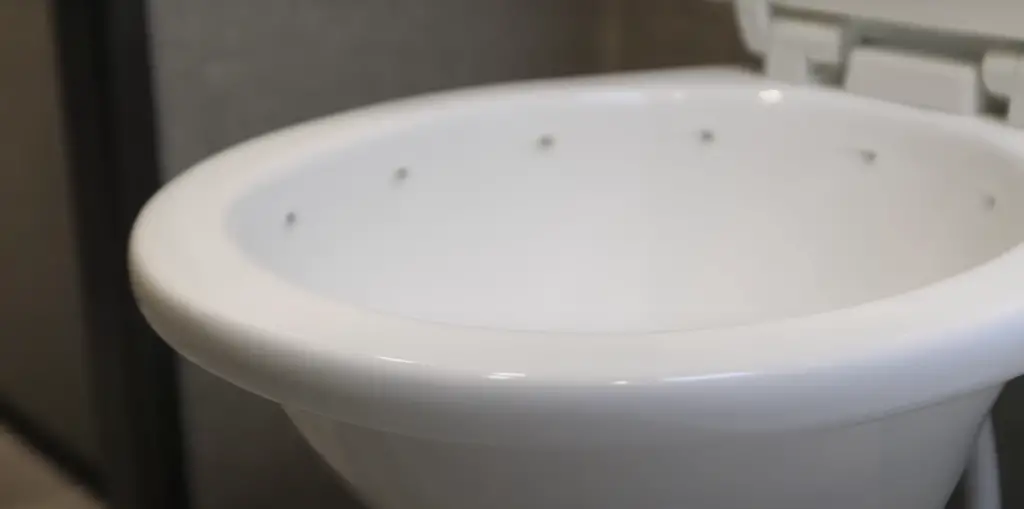
Leaky Fill Tube
Another possible cause of RV toilets not holding water is a leaky fill tube. This is the part of the toilet that brings in fresh water from the tank, so if it’s faulty, it could be preventing any new water from entering the bowl. You’ll need to replace the fill tube in order for your toilet to work correctly again. [4]
Obsolete Parts
Finally, if your RV toilet is not holding water, it could be due to obsolete parts. Many older models don’t have the same specifications as newer ones, so you may need to replace some of the components in order to get them functioning again. This is a job best left to a qualified technician who can ensure that everything is installed correctly. [4]
Fixing a toilet seal on a leaking RV toilet
If your RV toilet isn’t holding water, it could be due to a faulty or leaking seal. Fortunately, replacing the seal is usually a relatively easy process that can be accomplished by almost any DIYer with basic tools and a little bit of patience.
The first step in fixing an RV toilet seal is to remove the bowl from the base. This should be done carefully as some bowls may be delicate and prone to breakage. Once removed, inspect the rubber gasket at the bottom of the bowl for any visible signs of damage or wear-and-tear. If you find evidence of deterioration, then it’s time to replace the seal.
To do so, you’ll need to get your hands on an appropriately sized rubber gasket. The size is usually indicated on the manufacturer’s website, but you can also refer to the manual that came with your toilet for reference. Once you have the new seal in hand, remove the old one using a flat-head screwdriver and pliers. Be careful not to damage the plastic flange or underside of the bowl as this could cause further problems down the line.
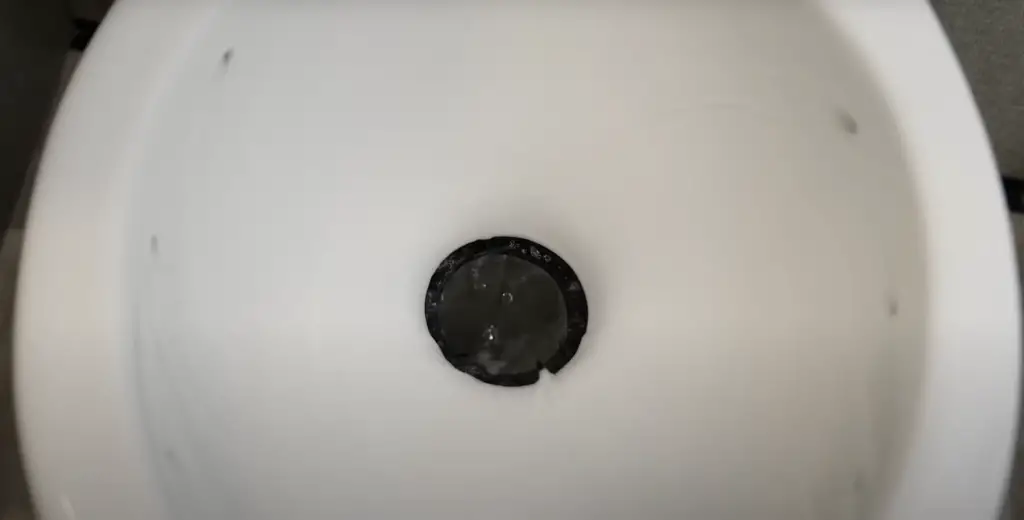
Next, place your new seal onto the flange and press it firmly into place with your fingers. Make sure that it’s properly seated and that there are no gaps or bubbles between it and the surface of the bowl. Then use an appropriate adhesive around the edges of your new seal to ensure that it won’t come loose over time.
Finally, replace the bowl onto the base, being sure to line up the holes in both parts and secure them with screws. Test your newly-sealed toilet a few times by pouring water into it and flushing several times to make sure that everything is working properly. [2]
Selecting the right repair kit for your RV toilet
Now that you know why your RV toilet may not be holding water, it’s time to select the right repair kit for the job.
This will help you save time and money by ensuring that you get the correct parts for your specific RV toilet issue. Most kits include all necessary components, such as O-rings, seals, and gaskets to replace any worn or damaged pieces. Additionally, if there is anything else needed for a complete fix, it should be included in the kit or easily accessible from local hardware stores.
When selecting a repair kit, make sure to look at factors like compatibility, size, and quality. Although it may be tempting to go with the cheapest option, this could end up costing you more in the long run if it doesn’t work or isn’t the right fit. It’s always a good idea to double check your measurements and ensure that you’re getting exactly what you need for the job.
Finally, make sure to read any reviews of products before making a purchase. This will give you an idea of how well they have worked for others and can help guide your decision-making process when selecting a repair kit for your RV toilet. With these tips in mind, you should be able to find an effective solution quickly and easily. [2]
Ways to Fix an RV Toilet That’s Not Holding Water
Cooking Oil
The first thing to try when your RV toilet isn’t holding water is to use a bit of cooking oil. Cooking oil, such as olive or vegetable oil, can help lubricate the seal and enable it to hold water better. To do this, add a few drops of the cooking oil directly into the bowl and swish it around with a cloth or brush. Wait several minutes before flushing again; if the water level remains steady, you should have fixed the problem! [1]
Clean the Seal
If the cooking oil didn’t work, the next step is to clean the seal. Over time, dirt and debris can build up on the seal of your RV toilet, making it less effective at holding water. To clean this off, use a rag or soft brush with some soapy water and scrub gently around the circumference of the seal. Allow to dry before refilling with water to test if it worked! [1]
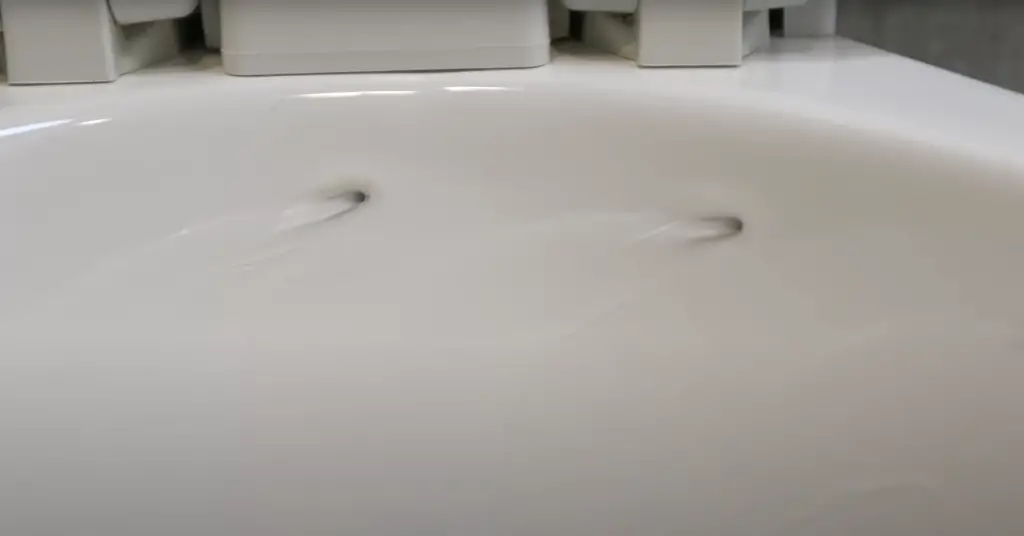
How To Replace an RV Toilet Valve?
Replacing the valve in an RV toilet is a common repair that can help restore its functionality. Here are the steps you should follow to replace your toilet’s valve:
- Turn off the water supply and flush the toilet once before beginning any work on it.
- Remove the bolts that hold the tank to the bowl of your RV toilet and lift off the tank lid.
- Locate the water supply line connected to your old valve and unscrew it with an adjustable wrench or pliers.
- Unscrew any other parts attached to your old valve, such as washers or seals, using a pair of needle-nose pliers if necessary.
- Carefully lift off the old valve from its housing and discard it.
- Install the new valve by connecting it to the water supply line and any other parts that you removed earlier, such as washers or seals.
- Place the tank lid back onto the bowl of your RV toilet and secure it with bolts.
- Turn on the water supply and flush your RV toilet to check for proper operation. [4]
Why Does My RV Toilet Have Low Water Pressure?
If your RV toilet is not holding water, it could be due to a few different things. One of the most common causes is low water pressure. This can be caused by anything from an issue with the pump to a clogged water line or fill valve. If you notice that your toilet is not filling up with water, make sure there are no leaks in the area and check your plumbing system for any blockages or problems. [4]
What Cleaner Should I Use with My RV Toilet?
When dealing with a clogged RV toilet, the best thing you can do is to use a commercially available RV toilet cleaner. There are several types of cleaners on the market that are designed specifically for RV toilets. Look for one that contains natural enzymes as they will be most effective in eliminating odors and breaking down waste material. Additionally, always read and follow manufacturer instructions when using any type of chemical cleaner or treatment in your RV’s plumbing system.
It is also important to remember that harsh chemicals should never be used with an RV toilet. These chemicals can cause damage to the rubber seals inside the tank that make it possible for the water to stay in place when not being flushed out. [4]
How To Temporarily Seal?
If you’re only experiencing a temporary issue with water not staying in the RV toilet, such as when it’s just been recently refilled, then there are several ways to temporarily seal it.
The easiest and most reliable solution is to use some non-toxic food grade silicone caulking. Apply a small amount around the edges of the bowl where the water might be seeping out. This will create an air-tight seal that should keep your water from leaking for at least a few days until you can properly fix the problem. [4]
The Pedal Won’t Return
If your RV toilet pedal won’t stay in the up position, it probably means that there is something blocking its return route. This could be debris on the piston or even a piece of plastic lodged between the rubber seal and pedestal hole. To fix this issue, you’ll need to access the inside of your RV toilet. Begin by turning off the water supply and disconnecting any power cables connected to the toilet. Next, remove all screws from underneath the bowl and lift it to gain access to the inner workings of your toilet. [4]
Guide to Thetford & Dometic RV Toilet Seals
If you have an RV toilet that won’t hold water, it might be due to a damaged or worn seal. Luckily, replacing the seals is relatively easy and inexpensive. In this guide, we’ll cover how to identify the type of seal your RV toilet needs and what steps you’ll need to take for repair.
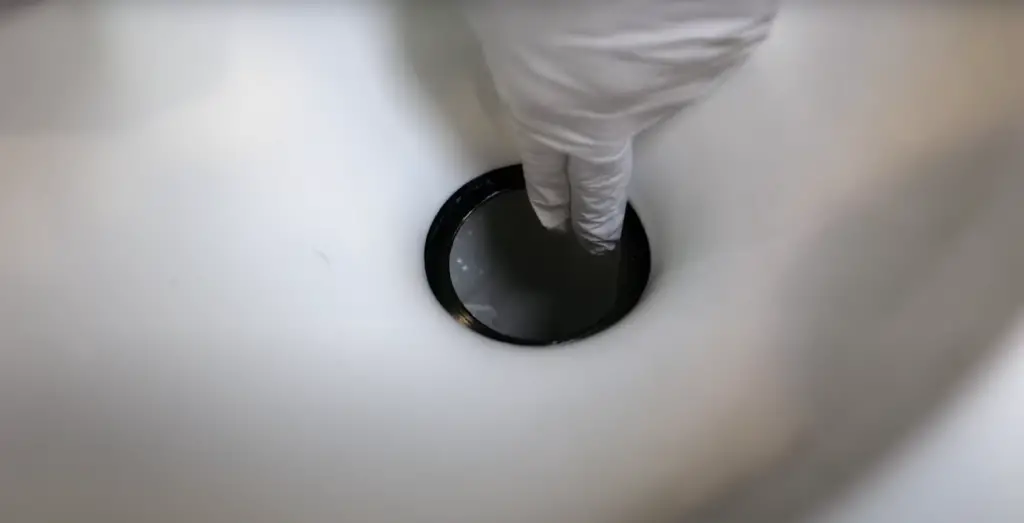
Types of Toilet Seals
There are two main types of seals used in RV toilets: Thetford and Dometic. They both have different designs but share similar installation instructions.
- Thetford Seal – This seal has an outer ring with a lip extending around its circumference on one side. It fits into the flush system within the base of the toilet.
- Dometic Seal – This seal has an outer ring with a thin lip around its edge that fits into the flush system within the base of the toilet. It also has a circular gasket and two small tabs on either side that fit into slots in the bowl rim. [4]
RV Toilet Seal Maintenance
Regular maintenance of the seal can help ensure that your RV toilet holds water properly. To maintain the seal, check it for signs of wear and tear, such as cracks or holes from age and use. Replace the seal if you find any problems. Additionally, perform regular cleaning to keep the seal clean and free from debris or mineral buildup that can hinder its performance. [1]
FAQ
Should an RV toilet hold water?
Yes, an RV toilet should hold water when in use. This is to ensure the bowl remains clean and sanitary between uses. If your RV toilet isn’t holding water, it’s likely due to a clog or blockage.
Do RV toilets hold water in the bowl?
Yes, RV toilets hold water in the bowl to prevent odors and keep it clean between uses. If your toilet isn’t holding water, there could be a clog or blockage.
Should you always keep water in black tank?
It is not recommended to keep water in the black tank. This can cause clogs and blockages, making it difficult for waste to flow out of your RV toilet.
How much water should you keep in your black tank?
The amount of water you should keep in your black tank depends on the size of the black tank. Generally, it’s best to keep about four inches of water in your black tank when it’s flushed and ready for use.
Why does my black water tank fill up so fast?
If your black water tank is filling up too fast, it could be due to a variety of potential causes. These include clogs or blockages in the sewer line, an improperly sized black tank, or a malfunctioning valve. A professional RV technician can help diagnose and repair the issue.
How do I know if my black tank is clogged?
If your black tank is clogged, you may notice that it doesn’t flush properly or the toilet won’t hold water. You may also hear gurgling noises from the pipes or smell odors coming from the RV toilet. If you suspect a clog, contact a professional for help with diagnosing and resolving the issue.
Can you put bleach in RV black water tank?
Yes, you can add bleach to your black water tank. However, it is important to make sure the tank is flushed thoroughly before use so as not to create a hazardous environment for yourself and others.
Useful Video: RV Toilet Seal Not Holding Water Easy Fix!
Conclusion
We hope this article has been a helpful guide in diagnosing and addressing your issue of why your RV toilet is not holding water. Remember to start by checking the basics like the tank valves, seals, and even that the tank itself isn’t cracked. If all else fails and you can’t seem to pinpoint exactly what the problem is, don’t hesitate to reach out to a professional for help. Good luck and happy RVing!
References
- https://thecampingnerd.com/rv-toilet-not-holding-water-try-this-simple-fix/
- https://crowsurvival.com/rv-toilet-wont-hold-water/
- https://camperlio.com/rv-toilet-not-holding-water/
- https://toiletreviewer.com/rv-toilet-wont-hold-water/

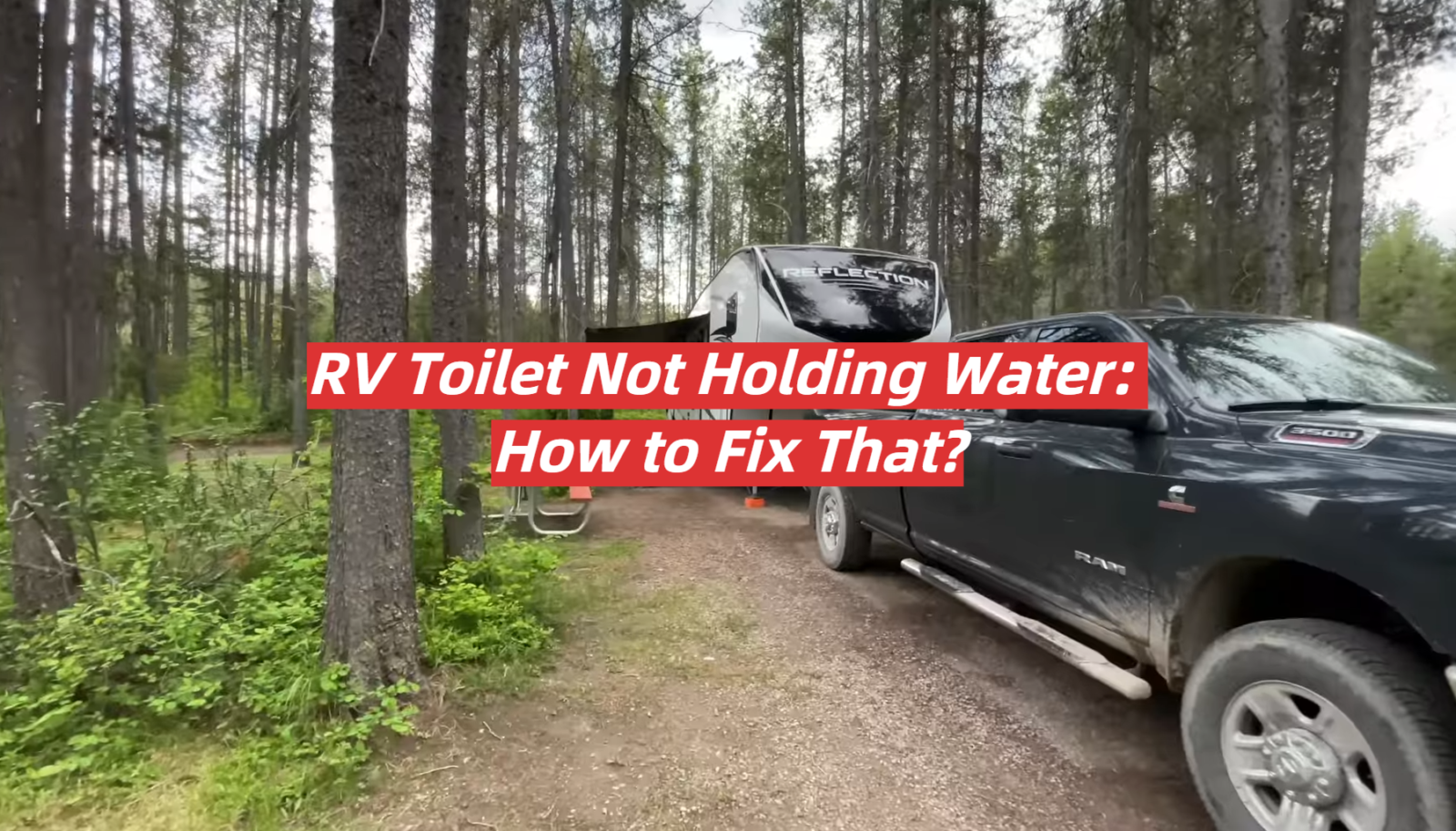
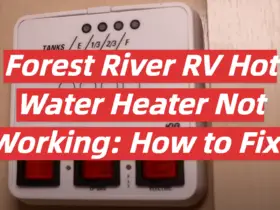
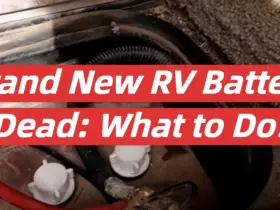
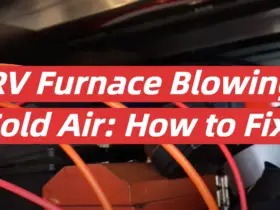

Leave a Reply